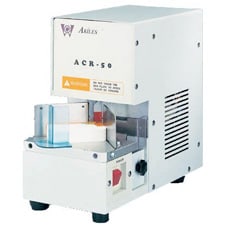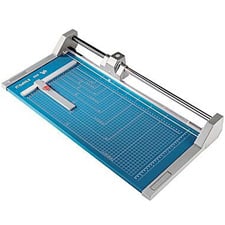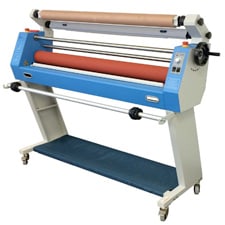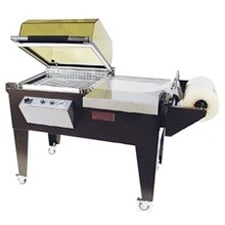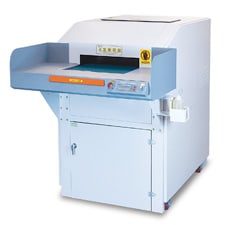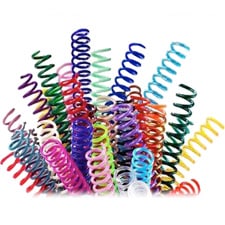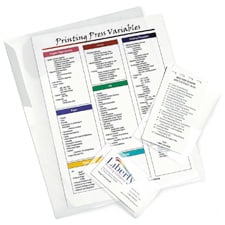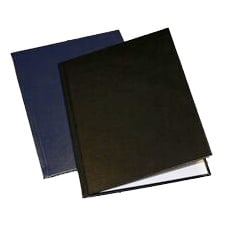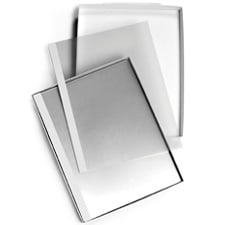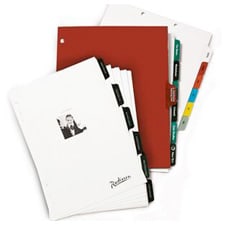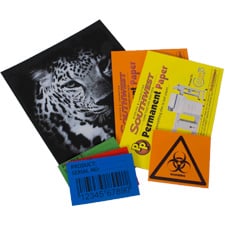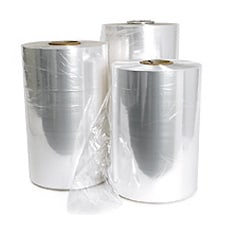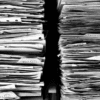5 Factors to Consider When Choosing Transparencies for Your Printing Project
Transparency paper is a thin sheet of material that allows you to draw or print an image on it. You can then transfer the design onto a textile. You can use transparency paper for screen printing T-shirts, logos, and other graphics.
In this article, we look at several factors that can affect the quality of your prints.
1. The Nature and Quality of the Fabric
You can use a wide range of fabrics for your printing project. The materials include wool, cotton, as well as silk and polyester. However, you need to evaluate your choice of fabric for the best results.
Cotton and cotton blends are the most popular for screen printing. They are great at absorbing ink, which results in sharper images. If the textile does not have cotton, you will need special ink to ensure the printout is visible.
2. Using Transparencies
You’ll also require the right type of transparency paper for screen printing. Inkjet is best for it applies a coating to the print to ensure it adheres to the material. You may want to consider inkjet for projects with a lot of detailing and intricate patterns as it helps avoid smudges.
Another option is to use a laser transparency film. Laser films also have a protective coating to minimize blobs and distortions in your work. They are best suited for projects that require a distinct contrast if you have dark colors in the design.
3. Color Considerations
If your project involves printing on t-shirts, you may find light-colored prints are harder to use. That is because the ink is thick, and some printers may not print it out clearly.
One technique is to apply an under-base. That is a highlight around a design, usually in white, intended to enhance the print’s visibility. You may have to use additional transparency paper for screen printing to highlight the under-base.
4. Graphic Design Details
For T-shirt printing, you should make the design conspicuous. Ideally, your graphic should have bold but smooth lines. Lighter colors may not adequately transfer the image to the fabric. But that would depend on the techniques you use for your project.
Printing experts utilize patterns to make parts of the design appear light-colored. They may adopt advanced techniques, such as layering papers for screen printing, to increase printout accuracy. If you are worried about making mistakes, you can stick to line art and keep the graphic simple.
5. The Size of the Screen
When using transparency paper for screen printing, you need to consider how the size will affect the printout. Bigger graphics means that you can use halftones and can play with more elaborate designs.
Most transparencies have dimensions starting from 8.5″ X 11″ or higher. If you use smaller images, any inconsistencies will be discernible in the printout. Therefore, adjust your image appropriately during the design stage to minimize errors.
It may help to make your design as dark as possible if you want to improve the graphic’s visibility. For the best results, invest in an inkjet printer and quality transparency paper for screen printing.

